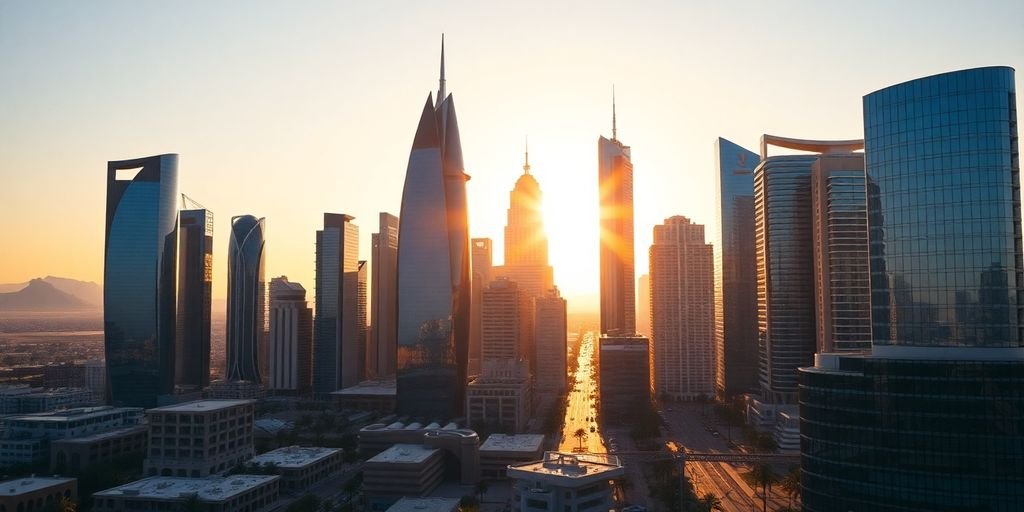The UAE’s non-oil private sector has experienced fluctuating growth in recent months, as indicated by Purchasing Managers’ Index (PMI) reports. While demand generally remains strong, competitive pressures and global tariff concerns have introduced periods of slower expansion, alongside robust activity and increased hiring in other instances.
Navigating the Economic Landscape: UAE’s Non-Oil Sector in Flux
The UAE’s non-oil private sector has shown a dynamic performance over recent months, with the S&P Global UAE Purchasing Managers’ Index (PMI) reflecting a mixed bag of growth, slowdowns, and steady periods. This index, where a reading above 50.0 indicates expansion, provides a crucial snapshot of the sector’s health.
Key Takeaways
- May 2025 Slowdown: The PMI dropped to 53.3 in May, its lowest since September 2021, signaling the weakest growth in nearly four years. This was attributed to competitive pressures and the impact of US tariffs, despite continued strong demand.
- April 2025 Stability and Hiring Surge: April saw the PMI hold steady at 54.0, with employment rising at its fastest pace in 11 months. Firms increased hiring to manage workloads and support new business growth, although overall employment growth remained modest.
- January 2025 Robust Expansion: The year began strongly, with the PMI at 55.0 in January, indicating robust expansion. Favorable market conditions and easing cost pressures drove significant increases in business activity and new orders.
- November 2024 Steady Growth: November 2024 maintained steady growth, with the PMI at 54.2. New orders saw a notable increase, reaching their highest level since August, yet firms expressed uncertainty about the longevity of this strength.
Factors Influencing Growth
Several factors have played a role in shaping the non-oil sector’s performance:
- Demand Conditions: Throughout the period, demand has largely remained strong, underpinning growth in new orders and overall business activity.
- Competitive Pressures: Increased competition has been cited as a factor contributing to slower growth, particularly in May 2025.
- Global Tariffs: The uncertainty surrounding global tariffs, especially those from the US, has impacted trade and contributed to a softening of momentum.
- Input Costs: Fluctuations in input cost inflation have influenced firms’ purchasing power and profitability. January 2025 saw input cost inflation fall to a 13-month low, benefiting businesses.
- Capacity Pressures: Persistent backlogs of work have indicated capacity pressures, leading some firms to increase staffing levels.
- Business Confidence: While generally optimistic, business expectations for future output have shown variability, with some periods reflecting subdued confidence due to concerns about sustained revenue growth.
Sectoral Performance and Outlook
Dubai’s non-oil private sector has largely mirrored the broader UAE trends, showing steady growth in May despite the overall slowdown, and experiencing a slight easing in April. The UAE’s strategic focus on economic diversification, moving beyond oil into sectors like technology, manufacturing, tourism, and trade, continues to be a driving force. The Central Bank’s projections for 2025 and 2026 anticipate continued strong non-oil growth, underscoring the resilience and potential of the sector despite recent mixed trends.
Sources
- UAE non-oil business growth slows in May, PMI shows, Reuters.
- UAE non-oil business sector expands robustly in January, PMI shows, Reuters.
- UAE non-oil business grows steadily in April as hiring speeds up, PMI shows, Reuters.
- UAE non-oil business activity down in May amid tariff pressures, The National.
- UAE non-oil business activity growth holds steady in November, PMI shows, Reuters.
